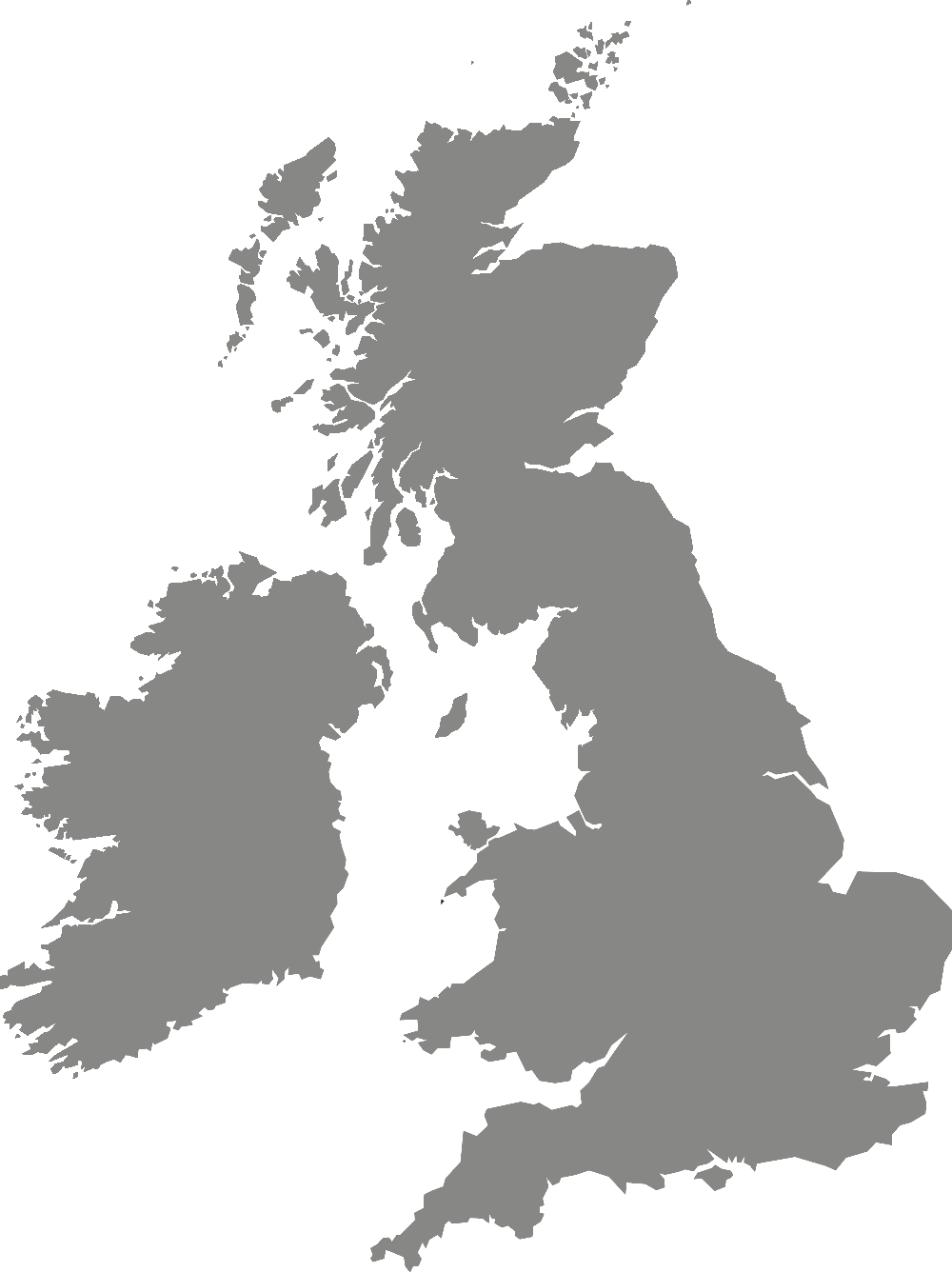News article
Joint research by York’s two universities reveals insights into Battle of Jutland
Published: 27 May 2016
- Research
Researchers have used mathematical modelling to re-analyse the Battle of Jutland - the biggest naval engagement of World War One.
The Royal Navy's Grand Fleet, based at Scapa Flow in Orkney, clashed with the German High Seas Fleet on 31 May 1916. Historians largely view the battle as indecisive, with the British left disappointed in their hopes for a decisive victory comparable to Trafalgar, despite their large numerical superiority.
But on the eve of the centenary of the battle, researchers from both the University of York and York St John University have re-examined the behaviour of the commanders and revealed that Admiral Jellicoe – often criticised for his cautious approach – made good decisions, the decisions that the British fleet was built for.
The British Fleet was bigger, faster and had more and larger guns, but the German Fleet was better armoured and highly trained. The British had a total of 151 combat ships compared to Germany’s 99.
The research team included Dr Christopher Price and Dr Ian Horwood from York St John’s History department as well as Professor Niall Mackay and Dr Jamie Wood from the Department of Mathematics at York. They used Lanchester’s Law to analyse the battle, which cost the British 6,000 seamen. Their paper is published in the journal History.
A sea battle involves big naval guns engaging each other directly, often receiving fire from multiple directions. The engineer Frederick Lanchester had determined that the power of such a force is proportional not to the number of units it has, but to the square of the number of units – otherwise known as Lanchester's Square Law.
Professor Niall Mackay said: “What the German fleet hoped for was to lure out, isolate and destroy part of the British fleet and tip the overall naval balance in their favour. They would then have a chance to defeat the Grand Fleet and possibly win the war.
"What we have argued is that Jellicoe realised what he had to do. He needed to fight only when he was perfectly deployed and the Germans were not – so he wasn't prepared to let his ships go flying after the Germans.
"He always wanted to keep them as this perfect battle line and only fight on his terms. And what we have argued is that mathematically that was the right decision."
Dr Price said: "We conclude that the outcome of Jutland, in spite of apparent British tactical and technological failings, was the culmination of a decade of consistent and professionally insightful decision-making by the Royal Navy, which built and correctly wielded its decisive weapon, the Grand Fleet, to achieve the required strategic victory."
Members of the public are invited to attend a public lecture at the University of York on 5 June about the Battle of Jutland.
The event is a mixture of lecture, wargame and simulation with speakers outlining the tactics involved and some of the mathematics behind them.
The battle will be recreated using scale models on the floor of the lecture theatre, with the speakers and some of the audience taking on roles.
Contact us
Communications team
York St John University, Lord Mayors Walk, York, YO31 7EX
01904 876 466
To contact us out of hours, phone 07812 365 499
/prod01/yorksjacuk/media/content-assets/news-and-events/images/news/Hug-stock-image.jpg)
/prod01/yorksjacuk/media/content-assets/news-and-events/images/news/Cricket.jpg)
/prod01/yorksjacuk/media/content-assets/news-and-events/images/news/Cancer-symptoms-1600x1000.jpg)
